Jogging Memory
UNM's Jessica Richardson awarded grant to optimize treatment for the language disorder known as aphasia...
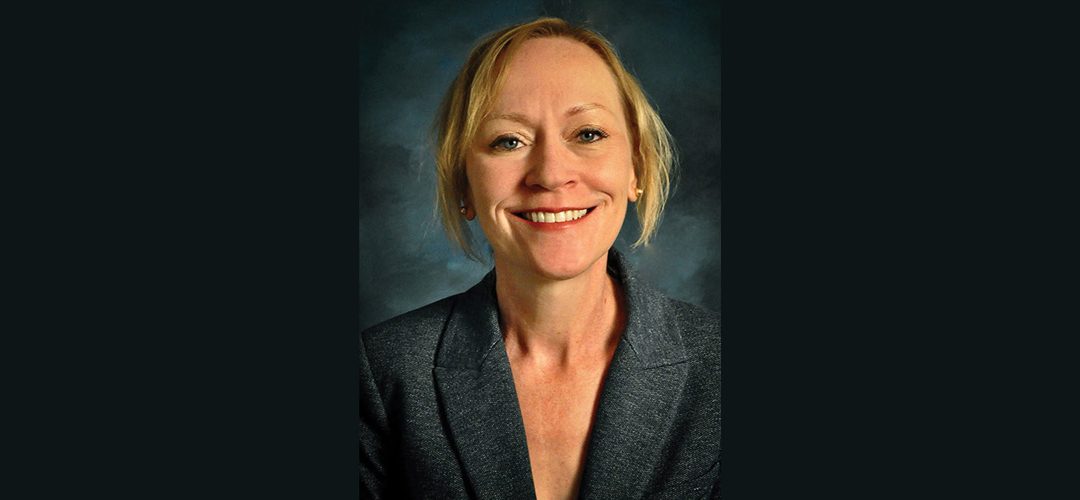

Camille Carey, the vice dean and associate dean for Academic Affairs at the UNM School of Law, was named the school’s new dean after a nationwide search and will assume the new role in July.
“The UNM School of Law has an incredible responsibility to the state of New Mexico,” Carey said. “As the state’s only law school, we are accountable to the people of this state. We graduate most of New Mexico’s lawyers and many of the state’s policy makers and leaders. We also serve an important role in opening the doors of the law school so that our student body and our graduates reflect the diversity of our state.”
Carey began her teaching career at Yale Law School, where she established and taught in the Domestic Violence Clinic. She developed curriculum for and co-taught a weekly seminar on legal, social and policy issues involved in domestic violence law. She also supervised student representation in immigration, family law, public benefits, housing, tort and other civil areas. Carey joined the UNM law faculty in 2009 and holds the Karelitz Chair in Evidence and Procedure. She has taught clinic, torts, advanced torts, civil procedure, immigrants’ rights and domestic violence law.
“This law school has a community unlike any other law school in the country,” she said. “It’s very special. We have a committed community of faculty, staff and students and a large network of devoted alumni. The law school also has special relationships with tribes, local governments, state government, legislators, alumni and judges. I am excited to create more opportunities to bring our community together.”
Carey replaces Professor Sergio Pareja, who served as dean for more than six years.
UNM's Jessica Richardson awarded grant to optimize treatment for the language disorder known as aphasia...
Rachel Balkovec makes baseball history, former Lobo catcher climbs the MLB ladder…
Read MoreUniversity of New Mexico alumnus Jimmy Santiago Baca found peace in the written word…
Read MoreIn a new biography, “Tony Hillerman: A Life,” James McGrath Morris devotes a chapter to Hillerman’s years at UNM…
Read MoreAmong campuses, which traditionally feature brick, stone and ivy, UNM has always been distinctly of New Mexico…
Read MoreYou can thank an alumnus for creating the image technology that keeps us connected…
Read MoreWhen I decided to attend UNM I applied to live on campus because I wanted to become involved in student life…
Read More
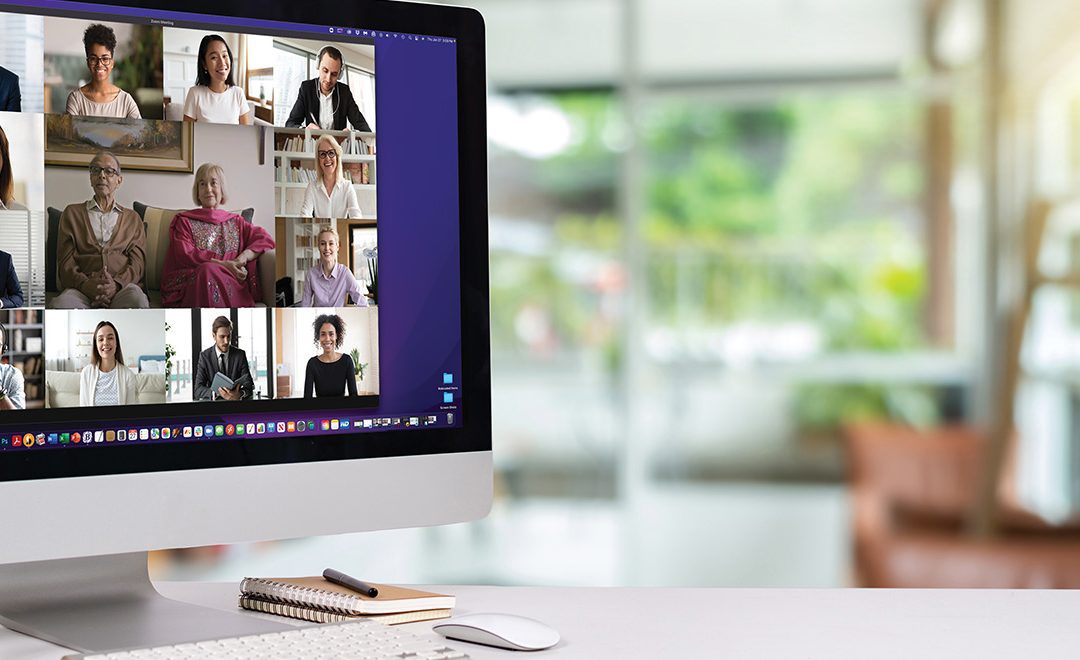
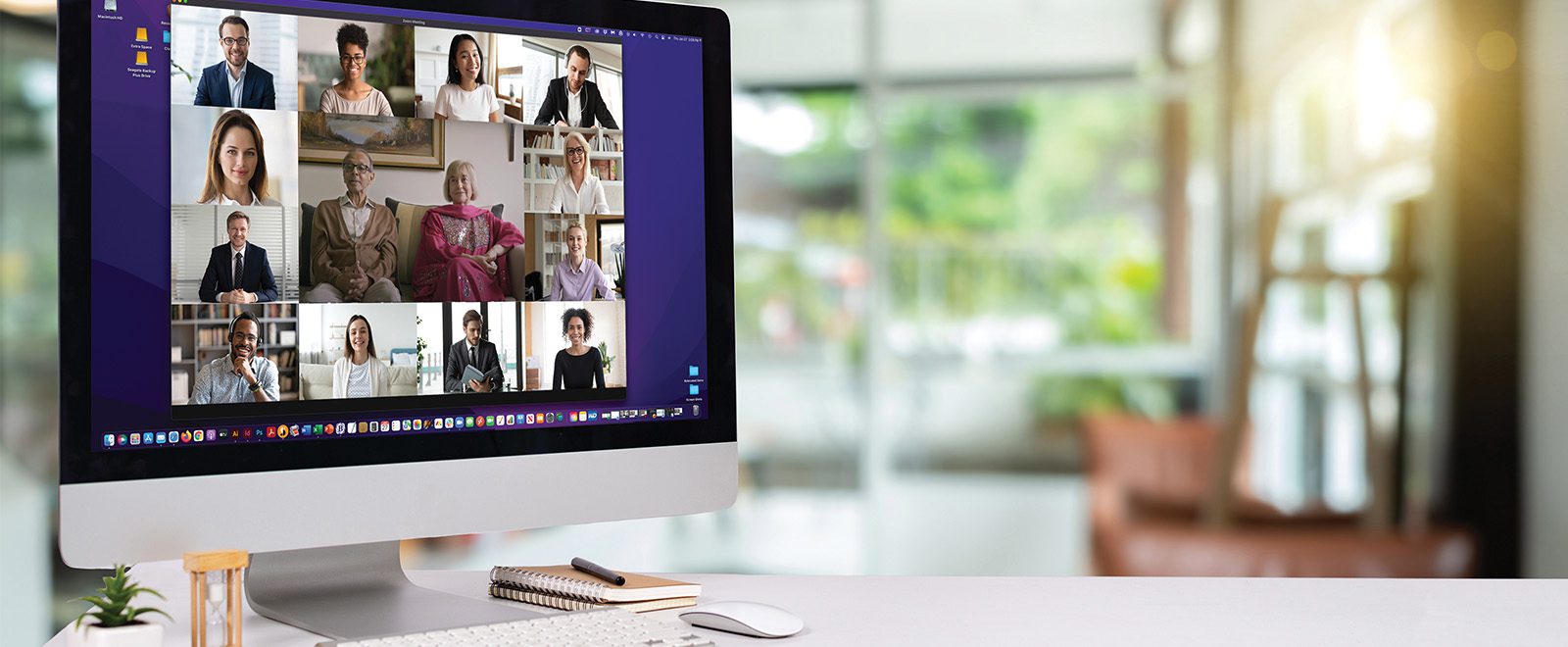
Did you open a JPEG or jump on a Zoom today?
You can thank an alumnus for creating the image technology that keeps us connected
By Kimberly Delker
Love them or hate them, Zoom, FaceTime and similar videoconference technologies have allowed us to work, go to school, gather with family during holidays and even have happy hours with friends during the prolonged global coronavirus pandemic.
Although we may take the technology on our computers and phones for granted, it wouldn’t be possible without UNM Engineering alumnus and former College of Engineering dean Nasir Ahmed (’63 MS, ’66 PhD).
It was in the years between earning his Ph.D. at UNM and returning as a professor that Ahmed developed the algorithm — a set of instructions to a computer to sort data and solve a problem — called discrete cosine transform, or DCT. The algorithm allowed for digital image compression, which made possible such technology as JPEG images, as well as the MPEG technology that allows video conferencing.
Ahmed, a native of India, is professor emeritus of electrical and computer engineering. He earned his master’s degree in 1963 and his doctorate in 1966.
He met his wife of 56 years, Esther Pariente-Ahmed (who earned a Ph.D. from UNM in 1994), while she was a student.
After graduation from UNM, Ahmed worked at Honeywell in Minneapolis for two years because he wanted some industrial experience before going into academia. He then joined the faculty of Kansas State University in the Department of Electrical and Computer Engineering in 1968. It was there that he developed the DCT technology.
Ahmed said he had been working on related technology while at Honeywell and continued that work at Kansas State, but he did not have a lot of champions.
In 1972 he applied for a research grant from the National Science Foundation, but was turned down. He didn’t give up, though, and enlisted one of his Ph.D. students, T. Natarajan, to help.
“We worked with no fanfare on huge IBM machines with punched cards to develop a working DCT algorithm,” Ahmed says. “Two guys from India coordinating the development of this mathematical function in the middle of Kansas!”
The resulting landmark publication, “Discrete Cosine Transform,” in the January 1974 issue of the journal IEEE Transactions on Computers, which has more than 5,500 citations to date, included his friend K.R Rao from the University of Texas at Arlington.
Although Ahmed knew that this technology was important, he said he could not have then imagined the way in which DCT would change the lives of millions of people, from sharing digital photographs to videoconferencing.
“Never at that time did I know the impact that it would have even today,” he says.
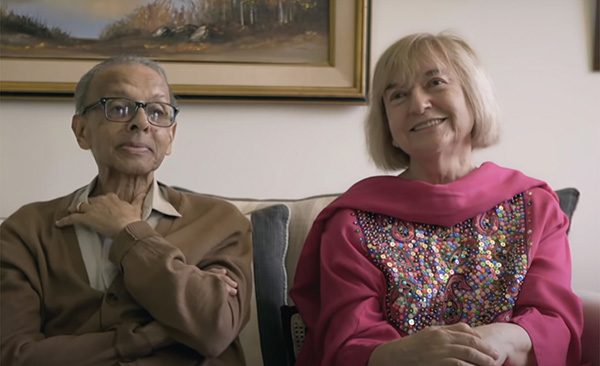
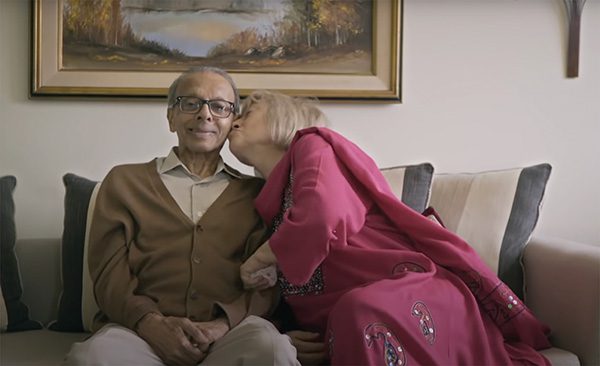
At that time, the discovery was the property of the journal, once it was published. “People always say that I must have made a lot of money from the idea, but in fact in those days, there was no money,” Ahmed says.
After Kansas, he returned to his alma mater of UNM in 1983, where he was a Presidential Professor of Electrical and Computer Engineering from 1983 to 1989, chair of the Department of Electrical and Computer Engineering from 1989 to 1994, dean of the School of Engineering from 1994 until 1996, and associate provost for research and dean of Graduate Studies from 1996 until his retirement in 2001. Ahmed also worked as a consultant for Sandia National Laboratories from 1976 to 1990 and other labs such as The Underwater Sound Lab in New London, Conn., Sandia Labs in Livermore, Calif., and Boeing in Wichita, Kan.
Retired now, Ahmed and his wife split their time between Esther’s native Argentina and La Jolla, Calif., where they enjoy walks on the beach.
They also like to watch “This is Us,” the popular NBC drama, now in its fifth season, that follows the lives of siblings Kevin, Kate and Randall. In the time of the pandemic, “This is Us” Season 5 finds the siblings and their parents living all over the country as three babies are due. They use FaceTime to stay in touch and even witness births.
As they were developing the storyline, the show’s producers got curious and decided to do some research on who originally discovered the technology that allowed video chat. Some online searching led them to Ahmed and they emailed him.
When he received an email from Jess Rosenthal, one of the producers, Ahmed thought it might be a scam and decided to consult his son, Michael Pariente, a top criminal defense attorney in Las Vegas who received “2020 Defender of the Year Award” from the Nevada Attorneys for Criminal Justice. Pariente is also an alumnus of UNM, where he received his bachelor of Business Administration degree in 1990, before receiving his master’s degree at the University of Texas in Austin, and his law degree from the Baylor University in 1998.
“Michael was concerned that, under the coronavirus situation, someone was going to try to scam us and said, ‘Mom and Dad, it’s not true. Don’t respond,’” Ahmed remembers.
But because the producers believed in this storyline, they were insistent and tried another method.
“When they didn’t get a response from us, they called Mike in Las Vegas, and he said, ‘You won’t believe it. This is for real!’”
After talking to Nasir and Esther — over Zoom, of course — they wrote them into the season The Feb. 16 episode (Season 5, Episode 8) of “This is Us” focused on storylines that allowed families to be connected during the pandemic, only due to these groundbreaking technologies.
Actors were hired to portray the younger Nasir and Esther, but before the credits rolled, viewers saw photos of the real-life Nasir and Esther and the producers summed up Ahmed’s importance to life in the 21st century: “You don’t know his name, but Nasir and his team are responsible for keeping us connected today.”
The “This is Us” episode led to stories in People and Good Housekeeping magazines and suddenly Nasir was basking in the recognition — 50 years later — of his remarkable achievement. Ahmed said it was an unusual experience to see their lives portrayed in a popular television program, and he was very glad that UNM was mentioned in the storyline.
Ahmed said he feels grateful for the life he’s lived, including his education, career and family. His maternal grandfather, M. Ali Khan, was an electrical engineer in India who was sent to the United States from 1919 to 1922 to work for General Electric on improving the overall electrification of the province of Mysore. After his retirement he returned to Bangalore in 1960, the largest city in the province. There, he met an engineering consultant from the U.S. who was hired by the government of Mysore. It turned out that this consultant was from Albuquerque and proudly spoke of the mixture of cultures and the state’s flagship university, UNM.
Later, when Ahmed was looking at graduate schools in the U.S. to attend, he first set his sights on the University of Washington because one of his cousins was there working toward his Ph.D. in physics. But his grandfather stepped in and said, “UNM is the place you have to go.”
“Albuquerque was wonderful, and I was lucky to get educated at UNM,” Ahmed says.
And, besides his education and teaching careers, UNM changed his life in one very important way. While a graduate student, Ahmed was in charge of an international student group that arrived at UNM in September 1962. It turned out that one of the members of this group was Esther, who was from Argentina, on an international scholarship as an English major. Their meeting on campus was portrayed in the “This is Us” episode with one inaccuracy.
“The actors, creator, director and all the ‘This is Us’ staff did a fantastic job portraying us, except my wife never smoked!” Ahmed says.
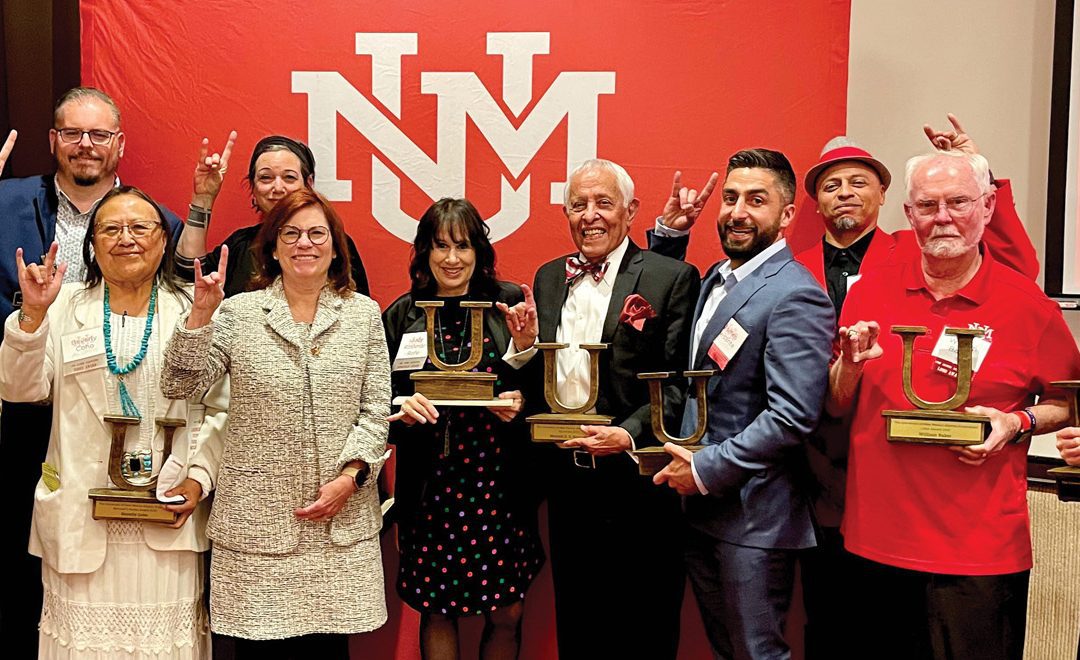
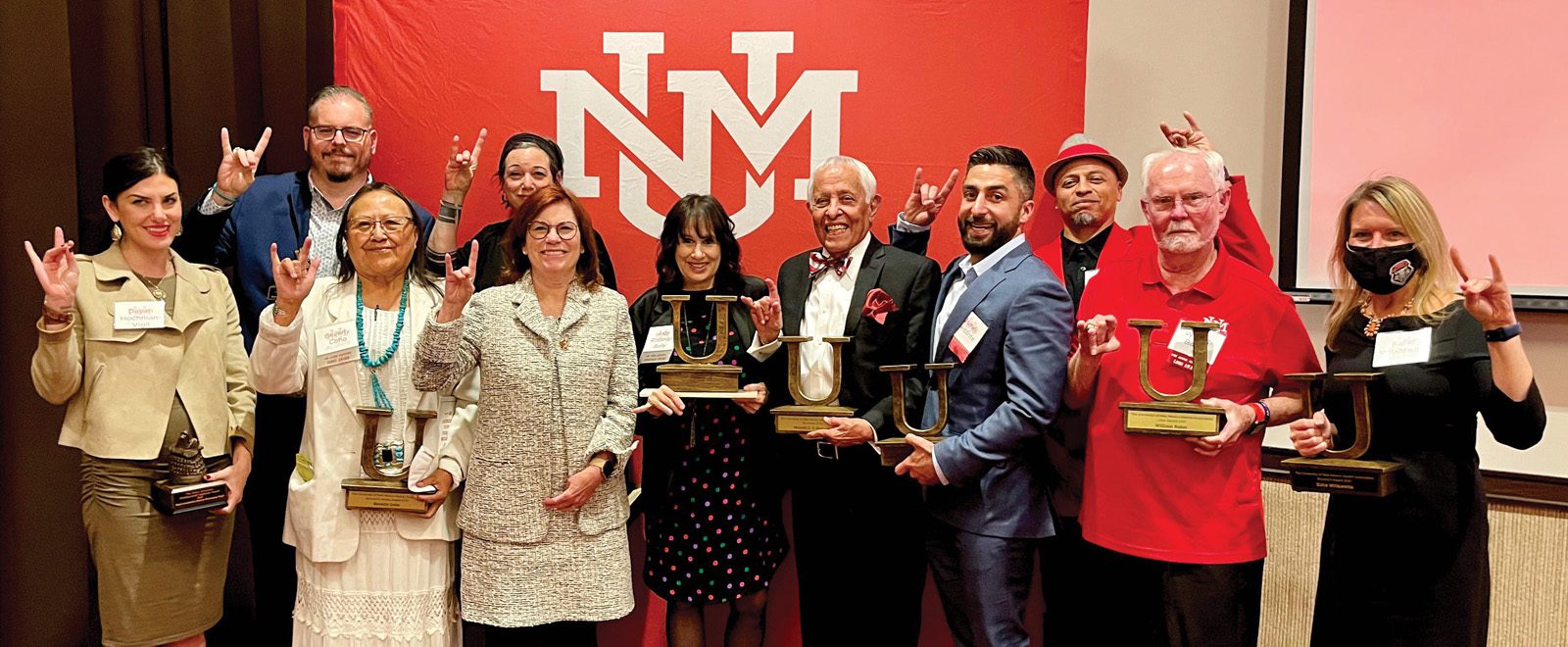
New and notable releases from Ray Windsor, Michael Malek Najjar, Hakim Bellamy, and other UNM alumni…


Researchers from UNM and California Polytechnic University have found increased employment, especially in manufacturing, following the opening of legal recreational cannabis dispensaries.
They found no evidence of declines in worker productivity, suggesting that any negative effects from cannabis legalization are outweighed by the job growth the new markets they create.
In a recent study, “The Effects of Recreational Cannabis Access on Labor Markets: Evidence from Colorado,” published in the IZA Journal of Labor Economics, authors Avinandan Chakraborty and Sarah Stith from UNM’s Department of Economics and Jacqueline Doremus from the Department of Economics at California Poly in San Luis Obispo found that unemployment fell in counties in which dispensaries opened, relative to counties where there were no dispensaries. Employment increased, particularly in manufacturing, in response to dispensaries opening in a county. “In terms of jobs, it is clearly the counties with the recreational dispensaries that benefitted most after Colorado legalized adult-use cannabis,” Chakraborty said.
As New Mexico moves toward opening legal recreational cannabis dispensaries, “Our results suggest that, by preventing counties from banning dispensaries, New Mexico’s approach to legalizing cannabis will yield more widespread employment benefits than those experienced in Colorado.”
Recreational cannabis dispensaries opened in Colorado starting in 2014, with dispensaries operating in just 58 percent of counties by the end of 2018. Such bans persist today, including in El Paso County, home to Colorado Springs. In their study, the authors looked at labor markets in counties before and after dispensaries entered and compared them with counties with no dispensaries and found that dispensary entry triggered a decrease in the unemployment rate, driven by a 4.5 percent increase in employment. With no increase in wages or labor force participation, new employment appears to be drawing from unemployed and self-employed workers, rather than pulling employees away from other industries.
UNM's Jessica Richardson awarded grant to optimize treatment for the language disorder known as aphasia...
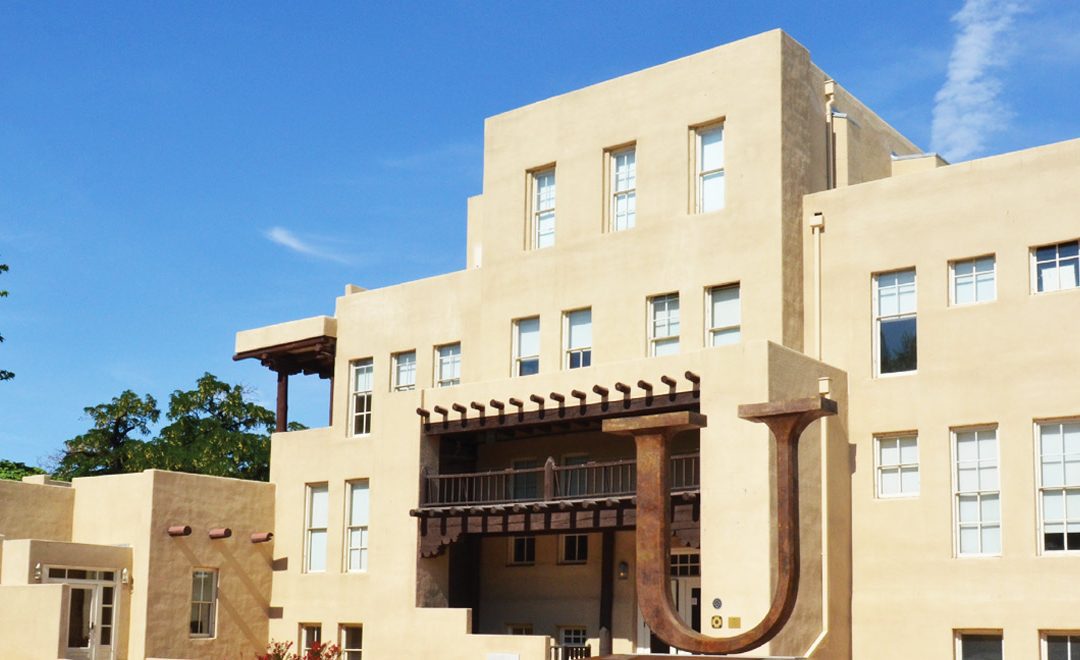
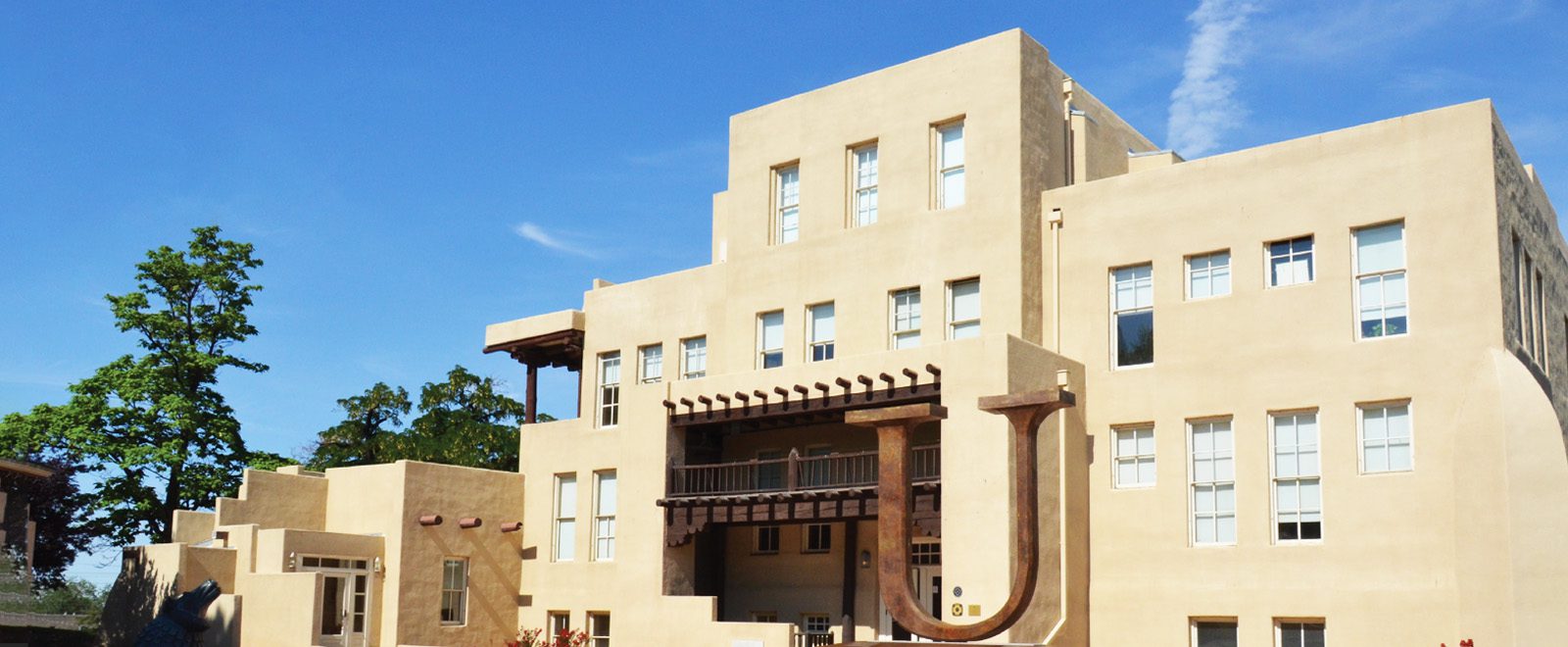
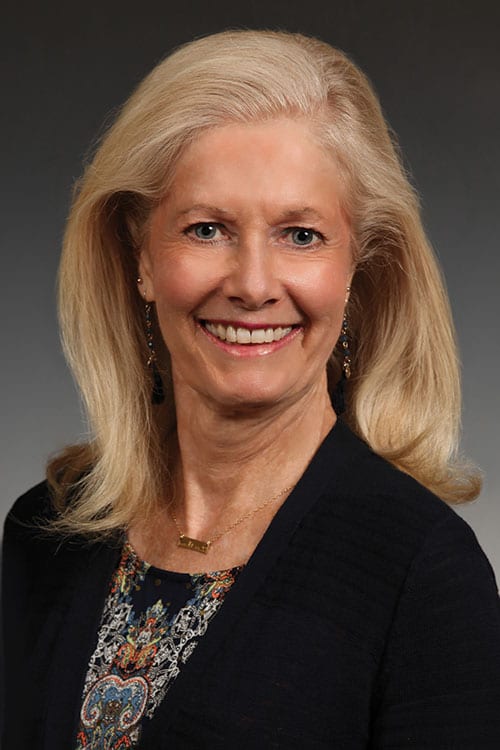
Spring is a perfect time to celebrate accomplishments and growth and push forward into the next chapter. Often when we look into the future, we reflect on the past and for us that includes our beloved Hodgin Hall.
The historic Hodgin Hall was the first building on campus in 1889 and, suitably, is now the home of UNM alumni. It originally looked like a Midwestern schoolhouse, with red brick and a pitched roof. In 1908, it was remodeled to the Pueblo-style you see today, which set the example for our campus architecture. As an alum you are a member of our Lobo Pack for life and Hodgin is your home. We’re now preparing to welcome new alums to our Pack this May. Activities at the Hodgin U will bring graduating students to what we hope will be their alumni home.
Last fall the Alumni Relations Office staff worked hard with board members, chapters, constituent groups, committees and individual alums to create programming reflective of the constant changing pandemic and needs of alumni. We’ve continued to weave the digital world into our everyday life. For Homecoming — or as we called it Home Leaving — we “unmuted” and gathered to collectively share our experiences as Lobos both virtually and in person. From Green Chile Roasts to our hybrid Lobo Living Rooms, from celebrating the arts at Dîner en Rouge to Happy Hour at Hodgin, from legislative outreach to virtual basketball watch parties, we got the opportunity to connect with alumni across the country.
The Association continues to explore new opportunities and partnerships to connect our alums to UNM and to each other. You have shown us that our Pack is innovative, adaptable and energetic. As we continue to navigate the COVID landscape, we expect the unexpected and move forward with enthusiasm and optimism. We are concentrating on awarding scholarships, recognizing outstanding alums, “getting back together” at events this spring and summer, honoring our Alumni Emeriti from the past three years and welcoming graduating Lobos to the Alumni Association.
Connie Beimer
Vice President for Alumni Relations, UNM
Executive Director, UNM Alumni Association
There’s nothing quite as beautiful as UNM campuses in their Spring colors...
Recent Comments